SEARCH OUR AMAZING LIBRARY
OF VIDEOS AND ARTICLES TO
HELP YOU MANAGE YOUR PARKINSON’S
Blog
How Did April And Tulips Become The Symbol For Parkinson’s Disease?
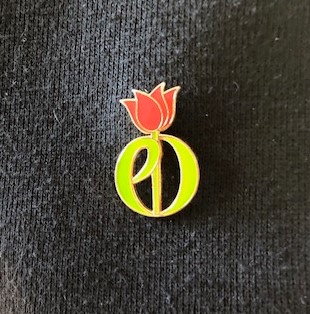
It is April, which marks Parkinson’s Disease Awareness Month, and I proudly wear my tulip pin every day. However, I still have so many people (with and without Parkinson’s) ask me what my pin symbolizes. I wanted to write this blog to ensure that my readers are among the people who can explain the story behind the Parkinson’s Tulip.
World Parkinson’s Day was instituted on April 11th, 1997 to commemorate the birthday of Dr. James Parkinson, the man who first formally identified the disease in 1817 (over 200 years ago!) in his work “An Essay on the Shaking Palsy.”
Do This Parkinson’s Toe Raise to Treat the Effects of Prolonged Sitting
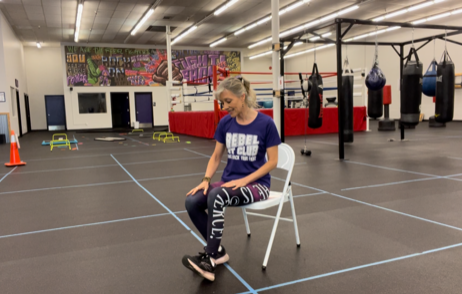
Here is another great exercise to do while you are sitting in a car, on a plane, or just in front of the TV. Often, people with Parkinson’s have a hard time picking up their toes and feet while walking. Instead, they shuffle along, which leads to falls. This is a neurological symptom, but the result of not picking up your toes is the weakening of the anterior tibialis muscle (located on your shin). If you don’t use it, you start to lose it.
The anterior tibialis helps you flex your ankle and lift your foot off the ground, which is critical to having proper gait. When this muscle gets weak due to Parkinson’s, it’s known as “foot drop,” and this can lead to catching your toes or falling.
Continue reading “Do This Parkinson’s Toe Raise to Treat the Effects of Prolonged Sitting”How to Use Your Noodle to Improve Parkinson’s Upper Back Rotation
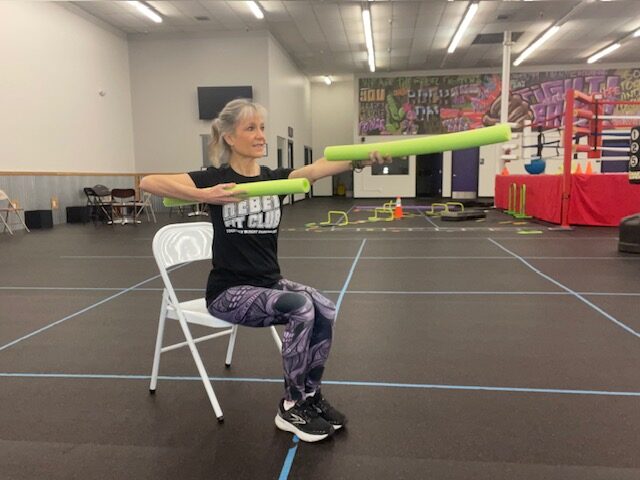
With Parkinson’s disease, the upper back gets really rigid and stiff. This rigidity, compounded by forward rounding, prevents it from rotating correctly. As a result, the lower back (designed to stabilize, not rotate) must take over, leading to lower back pain. Using pool noodles, this seated exercise can help treat upper back rotation.
Continue reading “How to Use Your Noodle to Improve Parkinson’s Upper Back Rotation”Improve Parkinson’s Stiff Back and Eye-Tracking Issues With This Seated Noodle Exercise
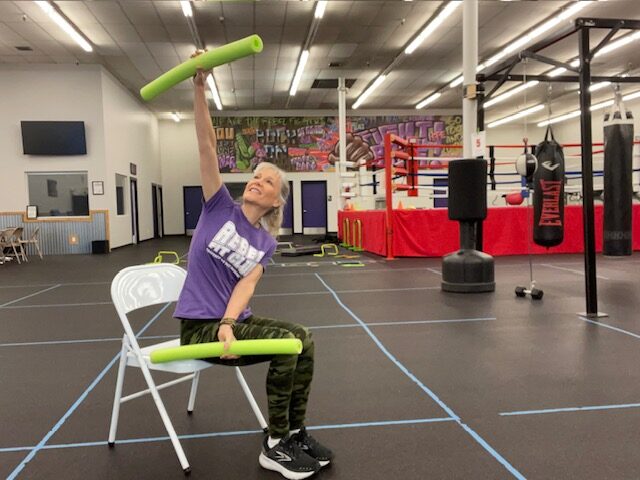
With Parkinson’s disease, the rib cage gets stiff and flexes forward, causing a lack of rotation in the spine. This stiffness, compounded by the “lats” (the muscles in your back that attach to your arms) getting tethered down, causes difficulty when reaching and straightening your arms. When you can’t rotate in your upper back (thoracic spine), your body will start to compensate by rotating and extending parts of your body that are not meant to rotate. This almost always results in shoulder or back pain.
Furthermore, the eyes may have difficulty tracking a moving or stationary object or finding the next line in a book when reading.
Continue reading “Improve Parkinson’s Stiff Back and Eye-Tracking Issues With This Seated Noodle Exercise”Try These Simple Tips for Correcting Your Parkinson’s Seated Posture
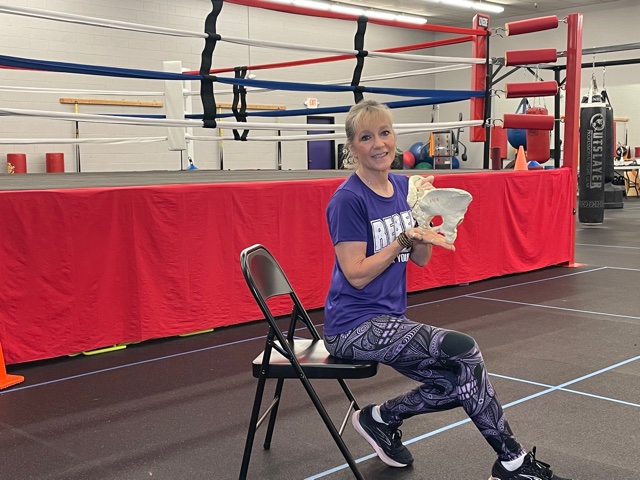
When you think of things that might threaten your life, you probably don’t think, “sitting.” However, research shows that sitting too much is one of the biggest potential threats to our health.
“We are sitting ourselves to death. We weren’t designed to sit as much as we do,” says James Levine, a professor of medicine at the Mayo Clinic. “The chair is out to kill us.”
One hour of exercise doesn’t negate long periods of sitting, especially with poor posture. Exercise is vital, but it doesn’t undo the damage done by extended periods of sitting.
Continue reading “Try These Simple Tips for Correcting Your Parkinson’s Seated Posture”